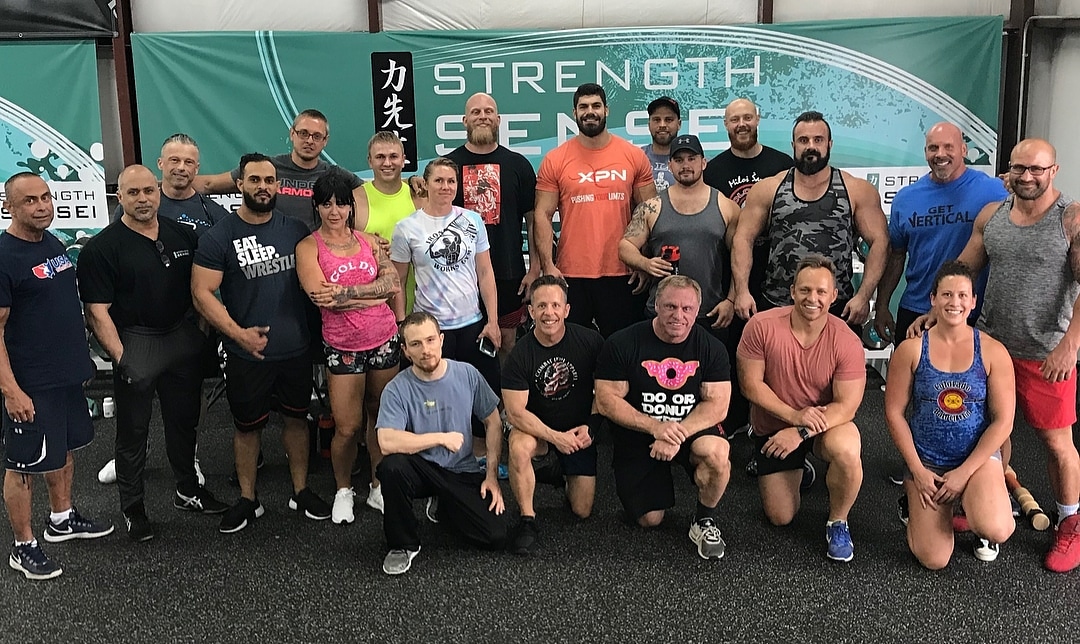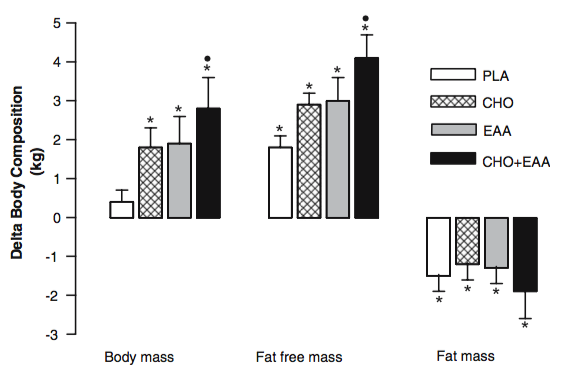1. CARDIO IS NOT THE BEST WAY TO BURN FAT
Cardio is easy, that is why it is everyone’s go to. However, your body doesn’t care how easily you can jog away from something. Ease of use is not a priority for the body’s growth or energy expenditure. If you move easy, your body will take it easy and progress will be slow. The body is built through adaptation and stress applied from external sources, as such it prioritizes what it needs. If you jog, it sees no need to use energy to build muscle and thus your lack of effort and hyper caloric intake leads you to gain fat instead of burn fat. The body priorities what it needs. If you do easy workouts it will not grow and you will not lose weight. Instead, prioritize higher intensity bouts of cardio like sprint intervals (e.g., 10 seconds all out followed by 50 seconds recovery pace). Not only will you get better results and body composition, but you will do it in a fraction of the time. For even better results, combined your sprint intervals with moderately-heavy weight training sessions with only 30-60 seconds rest in between sets.
2.BLINDLY RESTRICTING CALORIES IS NOT THE BEST WAY TO LOSE WEIGHT
The conventional advice given to those trying to lose weight is to simply limit calories. Initially, this will produce desirable weight-loss, however progress will quickly stall because during calorie restricted diet a significant percentage of the weight lost comes form muscle mass. Muscle is important to hold onto as it is metabolically expensive, requiring as much as 40% of your body’s resting metabolism. Blindly restricting all calories will only serve to hinder further weight-loss progress. To combat the negative effect of losing muscle mass, it is important to increase you caloric intake from protein to maintain a greater amount of muscle mass. To optimize weight-loss by preserving muscle mass just remember there is an inverse relationship between calories and protein, whereby decreasing calories will result in an increase need for protein. Aim for .08 to 1.2 grams of protein per pound of body weight.
For more information, check out the article: Eat Less & Move More is Bad Advice
3. IT’S NOT WHAT YOU CAN DO IN THE GYM, BUT WHAT YOU CAN RECOVER FROM
Working out comes with a host of negative consequences — higher blood pressure, muscular weakness due to muscle fiber breakdown, a compromised hormonal profile, fatigue, etc. It’s the recovery phase in between the workouts where your body adapts, heals and as a result allows you to become leaner and stronger. Prioritizing rest and recovery is a key to optimizing progress, regardless of your goal. Remember, it is not what you can do in the gym, but what you can recover from. One thing to keep in mind, is that the more fit you get the longer it takes to recover due to you being able to push yourself further and harder than before.
4. YOU ARE NOT WHAT YOU EAT, YOU ARE WHAT YOU CAN ABSORB
Good thing you are not what you eat because if you’re like most people you’d be fast, cheap and easy! Seriously though, the health of the gut determines what nutrients are absorbed and it is directly linked to the health of the total organism. It is often said that we are what we eat, but it is more accurate to say we are what we absorb. A strong gut barrier, diverse microbiome and sufficient levels of stomach acid is necessary to breakdown food, assimilate their nutrients and keep bad things from entering the body. When either of these things go awry, problems other than micronutrient (vitamins and minerals) deficiencies can arise. For example, if the integrity of the gut is compromised it can lead to joint pain and inflammation throughout the body, a microbial imbalance can lead to mood disorders or cause intense cravings, and insufficient stomach acid production can lead to heartburn or unwanted bacteria entering our body.
To help the processes of the gut heal:
Try an Elimination Diet. Remove suspect foods from your diet for a period of 2-3 weeks to see if symptoms subside.
Take a Digestive Enzyme with meals to improve the digestive fire and assist with the breakdown of food.
Supplement with L-Glutamine (20-30 grams, taken in 5-10 gram doses throughout the day) to mend the intestinal lining.
Improve your microbiome with a Multi-Strain Probiotic.
For more on joint inflammation check out: Correlation between Food and Joint Pain
5. THE TWO BIGGEST STRESSORS IN LIFE COME FROM OUR MOUTH
What comes out of your mouth is as important as what you decide to put in it. Choose your words as carefully as your food. Both can have negative consequences.
6. CHOOSE ORGANIC TO REDUCE YOUR TOXIC LOAD
It is no secret that large agricultural companies spray their crops and add a host of chemicals so that they will be able to increase their product yield. What is less known is the damage a lifetime intake of pesticide laden food can have. In addition to possible endocrine disruption, nerve disorders, reproductive issues, and birth defects it can cause us to gain unsightly fat! This is largely due to the overall toxic load we are up against. If the toxic burden is too much for our body to get rid of or exposure becomes chronic our body simply stores toxins in fat cells to be dealt with later. An easy way to reduce your exposure to pesticides is to utilize the Environmental Working Group’s (EWG) Dirty Dozen list when selecting produce. Each year the EWG selects the most sprayed foods and compile them for you. If you pick all organic versions of the following fruits and vegetables you can reduce your exposure to chemicals and pesticides by as much as 74%.
Strawberries
Spinach
Nectarines
Apples
Grapes
Peaches
Cherries
Pears
Tomatoes
Celery
Potatoes
Bell Peppers
For more information check out: Will Eating Organic for 2 Weeks Make a Difference?
7. A NEGATIVE MINDSET CAN NEVER LEAD TO A POSITIVE LIFE
The way we see the world shapes our personality which develops our personal reality. A personal reality cultivated by an unconscious process of negativity can never lead to a positive life because thinking the same negative thoughts lead to making the same choices. Making the same choices leads to practicing the same behaviors. Practicing the same behaviors lead to creating the same experiences. Creating the same experiences lead to producing the same emotions that lead to the same negative thoughts. Nothing can change unless you break the cycle. If you exist in the same negative mindset, think the same negative thoughts, experience the same negative emotions, how can you expect to positively change your life? As long as you view the world the same way, you are bound to create the same life. To truly change, you have to shift the way you view the world and believe you are destined for a better life.
For more tips purchase the ebook
21 Tips to Become Healthier, Leaner & Stronger
The default in nature is health, so why are you fat, sick and broken? Probably because you wear your constant stress, long hours in the office, sleep deprivation and ability to eat like a garbage disposal as a badge of honor! If this is you, you need this book! It contains 21 tips for you to improve your life for the better. Become healthier, leaner and stronger today!


















